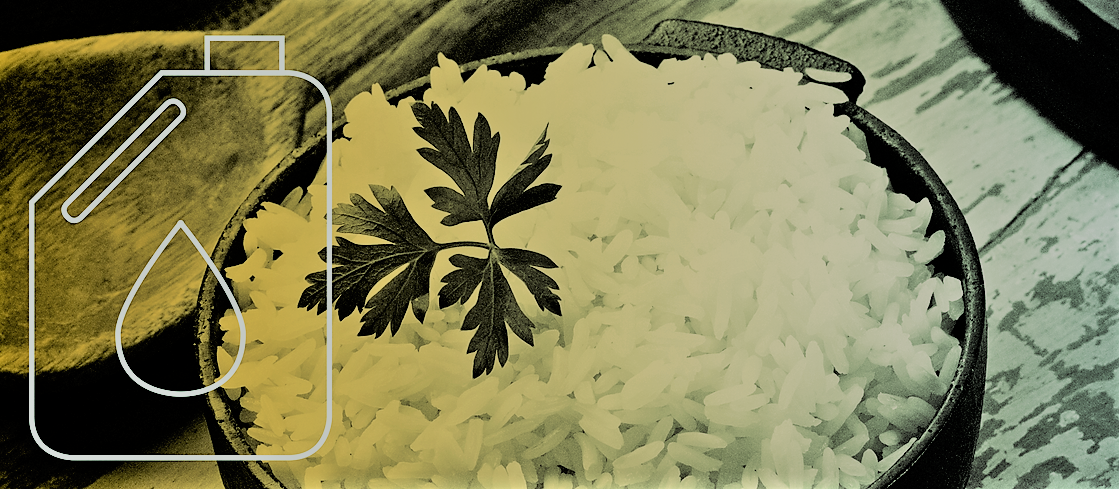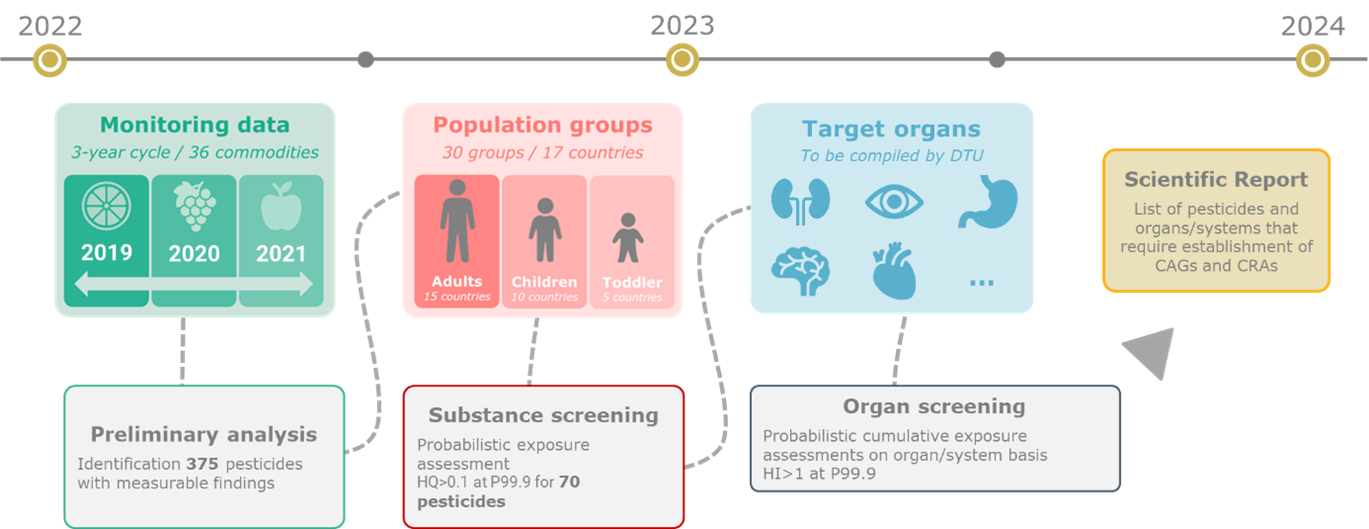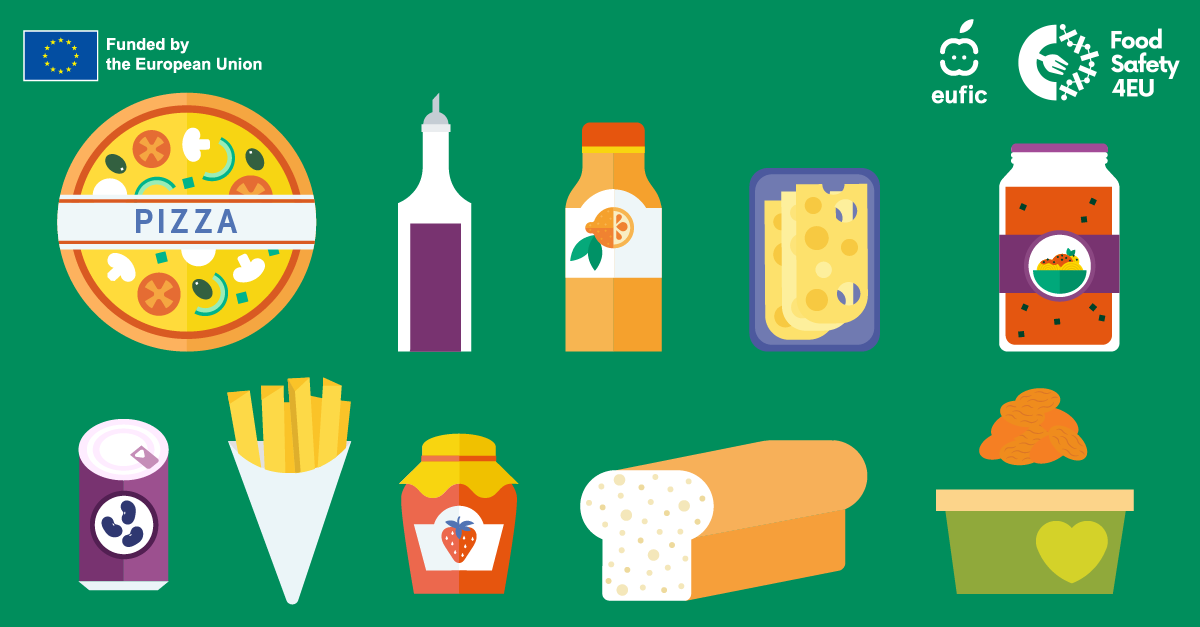Mineral Oil in food: State of the art

What is mineral oil
Mineral oil hydrocarbons (MOH) encompass a diverse range of compounds (thousands of isomers) obtained by petroleum distillation and refining, which can be divided into two main classes: mineral oil saturated (MOSH, including linear, branched, and alkyl-substituted cyclo-alkanes) and aromatic hydrocarbons (MOAH, including mainly alkyl-substituted (poly)aromatic hydrocarbons, partly hydrogenated).
MOH analog such as polyolefin oligomers migrated from food contact materials and “white mineral oil” (highly refined mineral oil, where the MOAH presence is minimized) may be also present in food. The use of both is permitted for certain applications under specific regulated requirements (e.g., migration limits or well-defined molecular mass distribution).
Why MOSH and MOAH can be found in food?
MOH can enter food through both unintentional and intentional routes distributed throughout the production chain, from field to finished product.
Among unintentional sources we remember environmental contamination mainly due to incomplete combustion of heating oil, diesel, lubricating oils and asphalt debris (responsible for a background contamination in edible oils), use of mineral oil-based pesticides, mechanized harvesting operations, accidental contact with technical-grade lubricants, and migration from food contact materials (FCMs). Particularly, recycled paperboard packaging contains residue of printing ink solvents, which, in the absence of a functional barrier can easily migrate into food also through a primary packaging made of paper and/or plastic.
On the other hand, white mineral oils are widely used in the food industry for several approved uses.
Toxicological effect
MOSH and MOAH have different toxicity: while the first give strong bioaccumulation in different organs and tissues, the latter may have genotoxic and carcinogenic activity.
MOSH toxicity is a still a debated topic. First evidence of MOSH toxicity (inflammation and microgranuloma formation in liver and mesenteric lymph nodes) were observed in Fisher rats F-344 after dietary administration of high doses of MOH. Later it has been recognized that even though MOSH bioaccumulate in various human organs and tissues at levels exceeding by far those observed in rats, human metabolism is different (e.g., differently from rats n-alkanes are metabolized and do not accumulate in the liver triggering microgranuloma formation). Therefore, the extrapolation of data from rat models to humans is difficult. Concerning the MOAH, detailed toxicological data are still lacking. Particular attention is paid to components with 3 and more benzene rings and low alkylation degree, which could include carcinogenic and genotoxic components.
Regulations overview in Europe
MOH of specified purity (white mineral oils) have a number of approved uses in Europe as food additives (European Commission, 2008) and food processing aids, e.g. microcrystalline wax (E905) as a surface treatment agent on non-chocolate confectionary and certain fruits, as release agents from bakery moulds and dedusting agents in cereal grain processing. MOH are also authorised as additives for polymeric packaging (Commission Regulation (EU) No 10/2011).
Even though MOH are subject of ongoing regulatory discussion in Europe, and in 2017 the European Commission published a monitoring recommendation in food and FCMs (Commission Recommendation (EU) 2017/84), with the aim to use collected data for future safety assessments, currently there are no official limits regulating the presence of MOH entering the food supply as contaminants.
Faced with the lack of legal limits, large-scale retailers (pushed by consumer associations) have begun to require very low maximum limits, especially for the MOAH (<0.5 ppm), as proposed by German authority for food packed in direct contact with recycled paperboard. In April 2019, the BLL, which is the leading association of the German food industry, in agreement with consumer associations and control authorities of the federal states, proposed “benchmark levels” based on background levels in different foods (e.g., MOSH levels of 13 and 9 ppm were set, for edible oils, excluding those of tropical origin, and cocoa products, respectively). The maximum MOAH level was set at 0.5 ppm. In 2021, MOSH “benchmark levels” for new food product categories were introduced.
How can we determine MOSH&MOAH?
MOH determination is very challenging since they are ubiquitous contaminants (samples are very easily cross-contaminated) and many naturally present components are co-extracted and may interfere with their analysis. These two main difficulties lead to results characterized by relatively high uncertainty. The methods of choice for MOSH&MOAH determination use very sophisticated chromatographic techniques, i.e., liquid chromatography (LC) coupled with gas chromatography (GC) and comprehensive multidimensional GC (GC×GC), for routine and confirmatory purposes, respectively. The on-line and completely automate system requires highly trained analyst but minimize the problems related to cross-contamination. Nevertheless, the entire analytical procedure needs to be tailored on the different food matrices.
Moreover, food industries, control laboratories and European Institutions complain of the lack of standardized/official methods for MOSH&MOAH. So far, few reference methods are available: EN European Standard 16995:2017 (for MOSH&MOAH determination in vegetable oils and foodstuff on basis of vegetable oils); EN European Standard 17517:2022 (Animal feeding stuff: Methods of sampling and analysis – Determination of MOSH& MOAH with on-line LC-GC-FID analysis). Nevertheless, both methods present a relative high application limit of 10 ppm. Currently trials are ongoing to try to reduce the limit to 1 ppm for the former method. In the attempt to standardize the analytical methods over different laboratories the EU Joint Research Center (JRC) published a Guidance for data reporting and method performance.
Along with the lack of standardized procedures, the lack of proper commercially available reference materials and standards are urgent gaps to respond to the doubts of consumers.
Can we mitigate mineral oils during food processing?
Beside all the precautions that must be taken to limit the contamination of food with MOH, well summarized in the BLL Toolbox1, some studies have reported the possibility to reduce the contamination present during fats refining. Despite some data are contradictory and the numbers are not consistent, a general reduction during deodorization has been reported. The extent of removal is dependent on the conditions applied, i.e., temperature, time, and vacuum. The contamination characterized by a light molecular weight distribution, such as diesel and gasoline, can be removed even below their limit of quantification, while heavy fractions, such as grease and hydraulic oil are almost untouched.
–

Sabrina Moret – University of Udine, Department of Agri-Food, Environmental and Animal Sciences, Via Sondrio, 2A, 33100 Udine UD, Italy. sabrina.moret(at)uniud.it
Giorgia Purcaro – Gembloux Agro-Bio Tech, University of Liège Bât. G1 Chimie des agro-biosystèmes, Passage des Déportés 2, 5030 Gembloux, Belgium. gpurcaro(at)uliege.be

–
Further reading
- Hochegger A. & Moret S., Geurts L., Gude T., Leitner E., Mertens B., O’Hagan S., Poças F., Simat J. T. and Purcaro G., Mineral Oil Risk Assessment: Knowledge Gaps and Roadmap. Outcome of a multi-stakeholders workshop, Trends Food Sci & Technol, 113, 2021, 151-166
- Grob K. Toxicological assessment of mineral hydrocarbons in foods: State of present discussions. J. Agric. Food Chem., 66(27), 2018 6968–6974. https://doi.org/10.1021/acs.jafc.8b02225
- Bratinova, S., Hoekstra E. (2019) Guidance on sampling, analysis and data reporting for the monitoring of minera oil hydrocarbons in food and food contact materials, Luxembourg: Publications Office of the European Union, ISBN 978-92-76-00172-0, doi:10.2760/208879, JRC115694
- Mitigation of mineral oil compounds in edible oils – Results from the German FEI research project, L. Brühl and C. Albert, Max Rubner-Institut, Detmold, Germany- Institute of Safety and Quality of Cereals, Working Group Lipid Research, presented in June 2021 at the on-line DGF Symposium “Mineral Oil Contaminants in Food”.
- BLL – The German Fereration of Food Law and Food Science. (2017). Toolbox for Preventing the Transfer of Undesired Mineral Oil Hydrocarbons into Food. https://www.lebensmittelverband.de/de/lebensmittel/verpackung/mineraloeluebergaenge/toolbox-vermeidung-mosh-moah
Latest Articles

Towards AI-driven emerging Risk Assessment: a multi-stakeholder perspective
The EU Food Safety Platform: a journey from Bari to Brussels and beyond

Towards holistic, AI-driven emerging risk assessment: catching stakeholders’ needs in Living Labs

Protecting public health: understanding the importance of cumulative risk assessment of pesticides

SCAR consultation workshop on Sustainable Food Systems: highlights from EU FOOD SAFETY PLATFORM

Pioneering advances in the EU Food Safety System: highlights from the first EU Food Safety Forum



